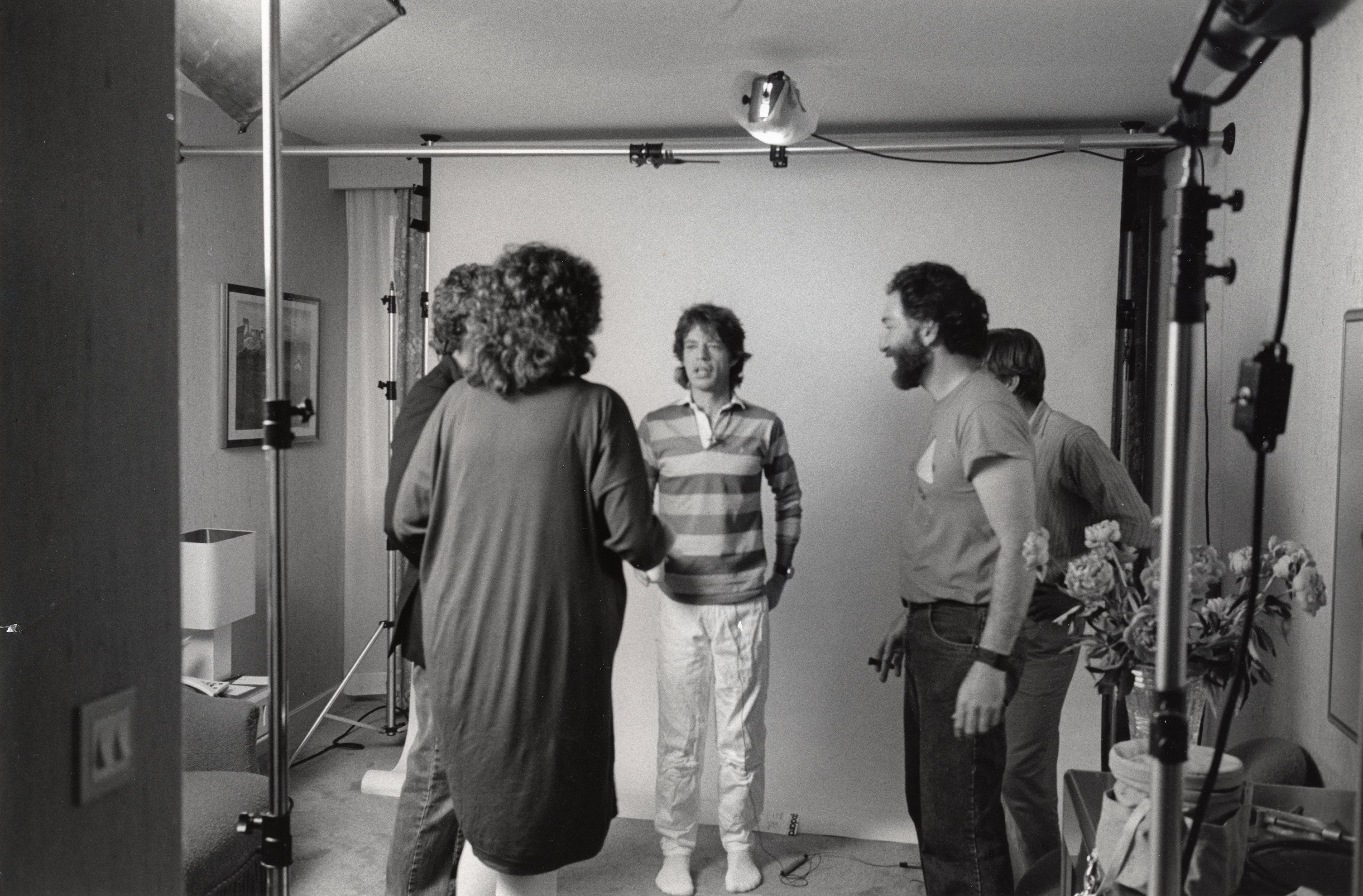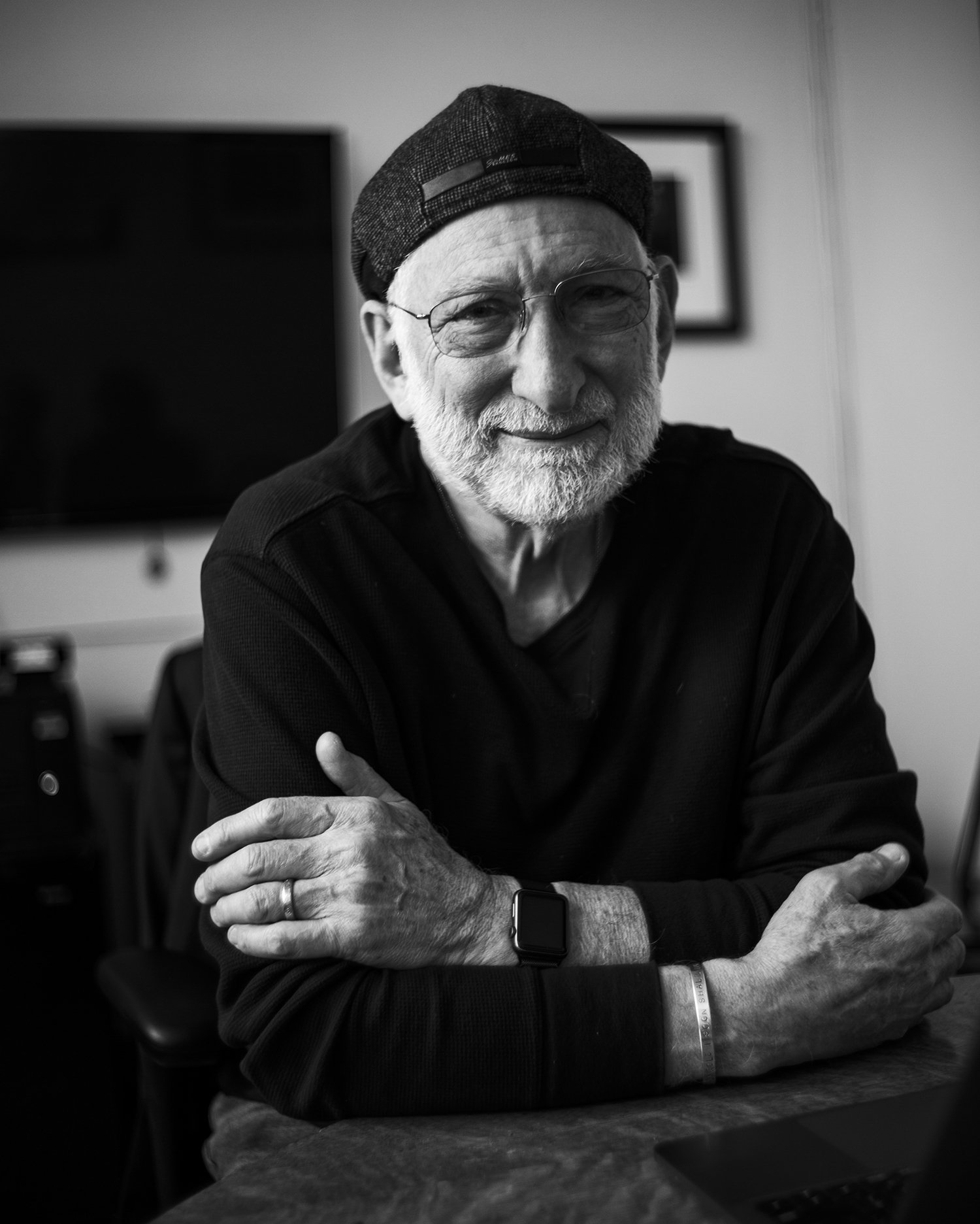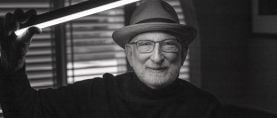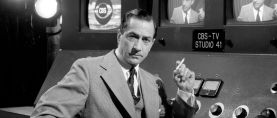
Careers Take Unpredictable Twists and Turns
For cinematographers, thinking about one’s career trajectory is a daily concern that sometimes verges on obsession, as various projects are considered.

In our April 2022 issue of American Cinematographer, there are several discussions about career paths. For cinematographers, thinking about one’s career trajectory is a daily concern that sometimes verges on obsession, as various projects are considered. Careers take unpredictable twists and turns. Recommendations can come from unexpected places; we never know who will notice us and pass our name along. We have been recommended by production designers, assistant directors, writers, and, yes, the most important recommendations often come from our closest collaborators: directors and producers. Another way careers progress is by working with a producer or director who works in a particular genre — period, crime, sci-fi, etc. — which leads to offers of work on other projects in that same genre. That’s when obsession sets in, as the genre trend is bucked or bent in new directions that steer one’s career.

(Photo by Michael M. Pessah, ASC)
The landscape of potential entry points to a career in cinematography is both broad and expanding. In this month’s Shot Craft, Jay Holben interviews a pair of ASC members, Alice Brooks and Tommy Maddox-Upshaw, who started working on various web series as a pathway to better budgets (and stories).
Before web series arrived, music always featured big at the beginning of many cinematographers’ careers, including that of Anthony Richmond, ASC, BSC, who filmed the Beatles before they passed into legend as THE BEATLES. Knowledge of music, particularly music that’s part of popular culture, is essential for cinematographers on the training ground, as filmmaking is a fixture of popular culture — and, as such, a leading indicator of audiences’ moods and tastes.
Certainly, the current mood of anxiety and fear is clearly reflected by the number of films and shows about jeopardy that are being streamed to home displays. (I refer here not to the long-running TV game show, but to the sheer state of fear). More and more productions hinge on humans in jeopardy, the planet in jeopardy, jeopardy in the past or future…
Another cultural beacon is fashion design — just as filmmaking follows popular moods and tastes, so do these designers. Industry-based committees are consulted to coordinate the color palette of our clothes, so each year has its own signature colors in our closet.
Cinematographers seeking inspiration for their own careers should look around them at what is happening across the busy stage of popular culture, since art forms inevitably influence each other — and good filmmaking finds its material in varied, and often unexpected, places.

Stephen Lighthill
President, ASC







